After knowing of the most “common” strokes in racket sports, let's talk about a specific gesture that is only used in padel : la bandeja.
Posted to the net you refuse to lose position when your opponents try to lob you. These tall balls can be played in different ways; with a smash, with a curled arm (gancho) or with a bandeja. The bandeja itself can be detached in 2 parts; la bandeja and vibora. What is the difference ? The effect and the technique.
So in the manuals of padel, these two shots are called bandeja, but little by little people distinguish and separate the bandeja full vibora. Today, let's talk about the first: the bandeja.
Understand first of all that the bandeja that you are going to play is not an attacking stroke but a defensive stroke which will allow you not to lose the attacking position, close to the net. Certainly, in some cases you will be able to put more speed at this bandeja and maybe you will be able to tell the difference, but until you are comfortable with this move and you can detect a position that allows you to attack, keep this idea of a defensive move that will suit you. give time to come back to the net while keeping and pushing your opponents to the back of the track.
Bandeja ? Quésaco?
La bandeja comes from the Spanish word meaning “plateau”. The goal is therefore to prepare and impact the ball with the pala facing the sky like a waiter would. If you want to copy the gesture of professionals, take a look at the bandeja by Fernando Belasteguin, expert in this field of gambling.

What's the point ?
As we have just explained, the bandeja serves to give us time to get back to the net. So if you opt for a violent strike, be sure that the ball will bounce off one or even two panes before the opponent returns it to you, otherwise opt for the slowness that will allow you to come forward.
La bandeja, thanks to its cut effect, from top to bottom, will reduce the rebound of the ball in the opposing camp which will complicate the defense. Also, and in the event that the opponents press you into the net, the bandeja will allow you to dive the ball directly into their feet.
Finally, if you are looking for the center, the bandeja will be perfect if played slowly, as the ball will tend to die at the bottom of the track.
Technically
You are posted to the net, in a waiting position identical to that of the volley, and your opponents try to lob you.
First of all you have to put yourself in profile. There is a technique to facilitate this profile position, it is called the “3 in 1”:
1- the dominant leg moves backwards
2- the dominant arm is placed back with the pala facing the sky
3- the non-dominant hand in the direction of the side grid
This 3 in 1 movement, with practice, will be automated, so you will always be ready to play the right way. bandeja.
Please note: remember to raise the elbow of the dominant arm to face height to facilitate the plateau position.
Following the 3 in 1 you will adjust your position with chased steps.
Just before the strike we will try to stretch upwards to “catch” the ball and throw it down. It is important not to wait for it but to make this effort to rise to catch the ball as high as possible and then descend with it and give it a direction. Our dominant arm will be extended, pala oriented towards the sky and it will be our abdominals that will work to achieve the rotation of the body necessary to allow the ball to be deposited in the desired place, at the opponent's home.
Once the ball is impacted, we will resume our pressure forward to recover the position at the net and play a nice volley.
La bandeja is a blow which requires a great physical effort when impacted in a high way. For girls, Léa Godallier is an expert in the field. Look at how the preparation is made, very early, a beautiful suspension which aims to get the ball as high as possible to accompany it down, then finally the rotation of the body thanks to the strength of the abdominals.
The final word will be the end of the gesture which will vary according to the players between the arm in a sling around the neck or at the level of the belt like a knight who puts his sword back in the scabbard, it will depend on whether your ball tends to finish its stroke in the net or in the bottom window.
Julien Bondia is a teacher of padel in Tenerife (Spain). Columnist and advisor, he helps you play better through his tutorials and tactical/technical articles padel.




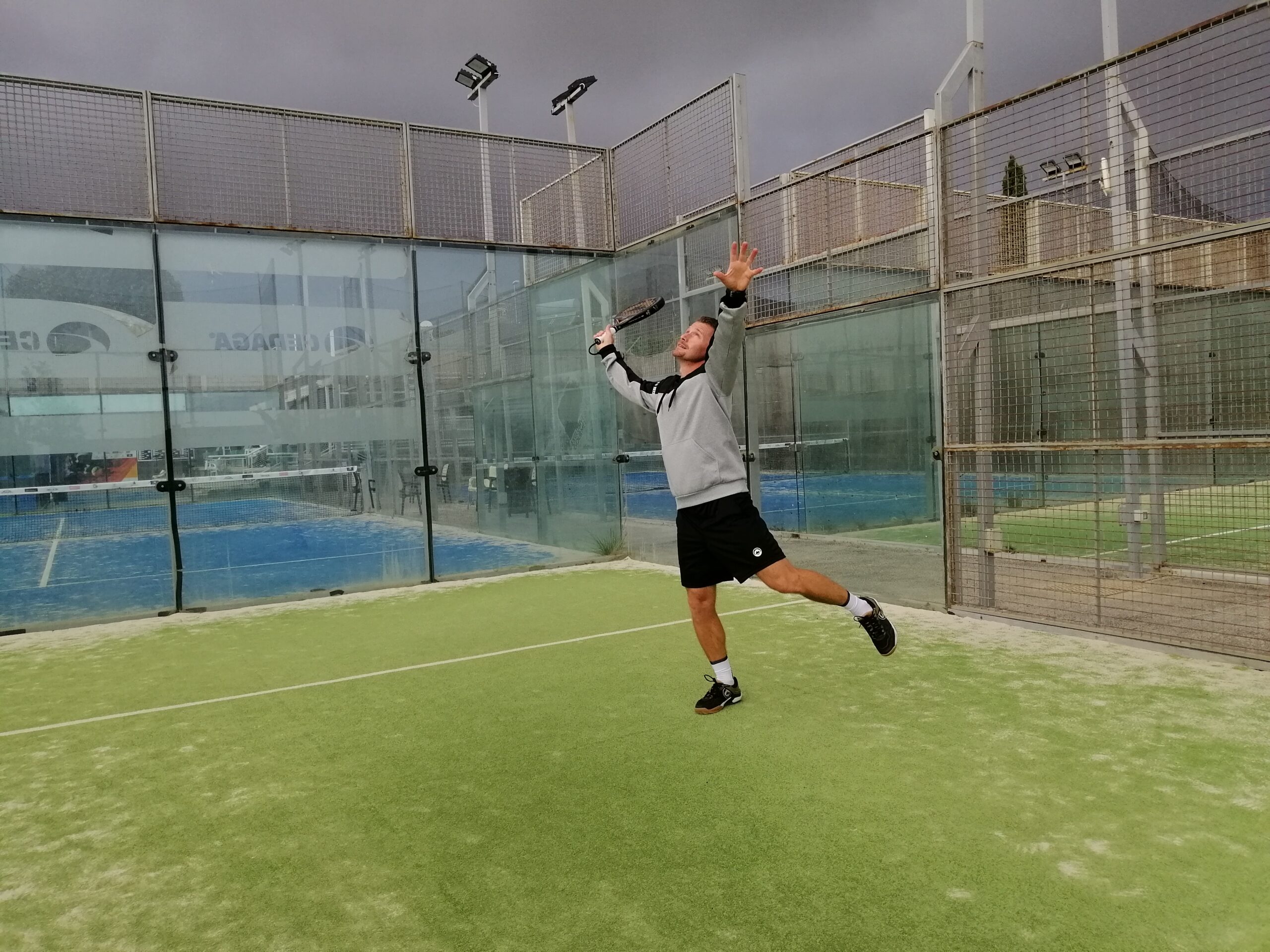











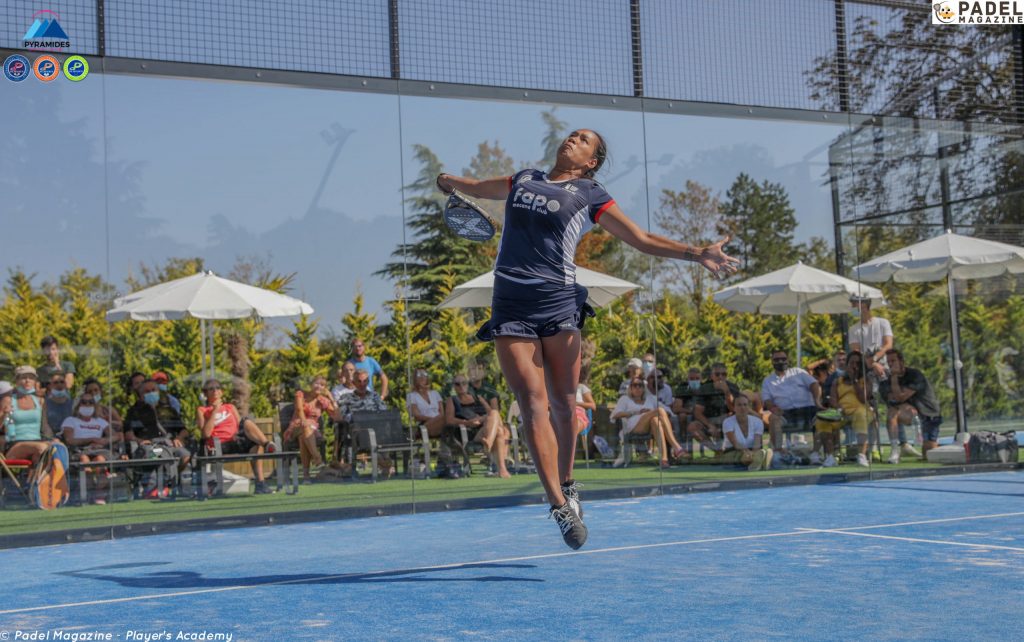
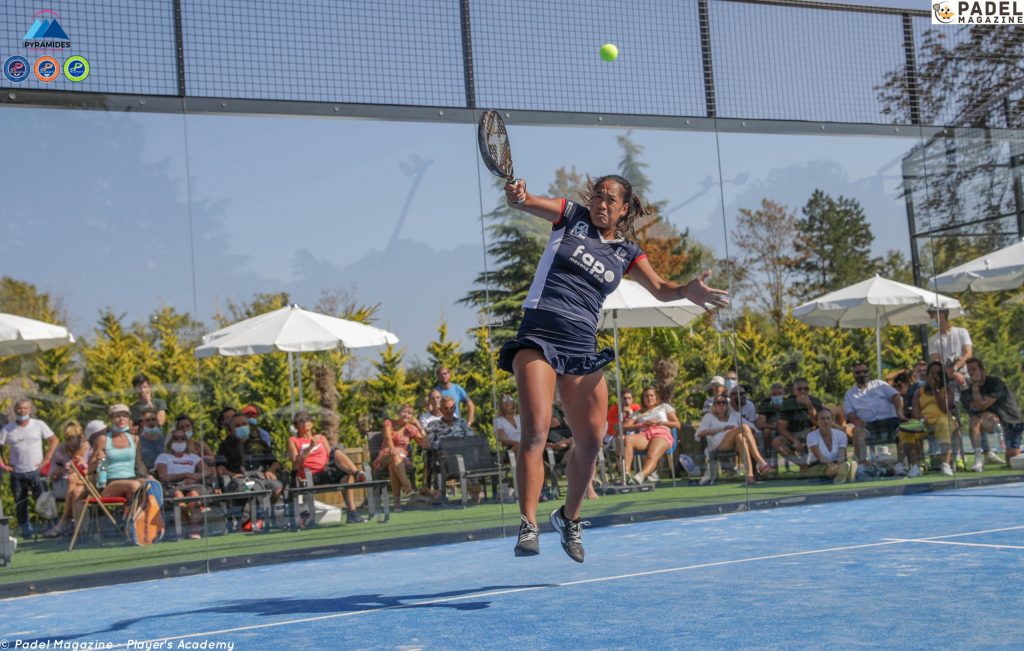





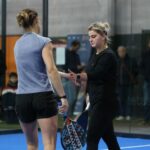














































































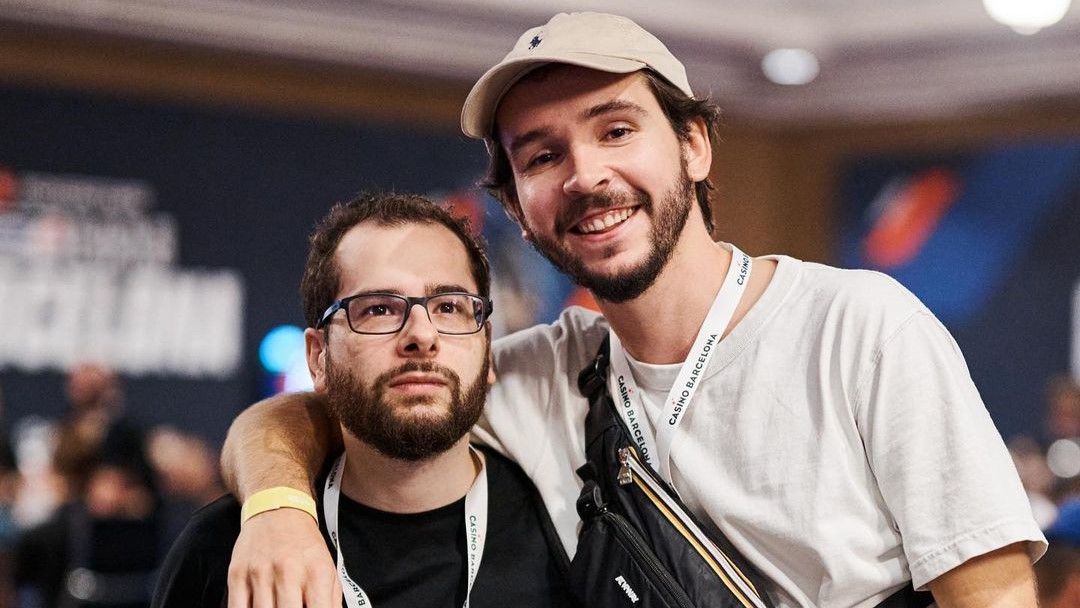 Team PAX (Domingo / Xari) returns to victory
Team PAX (Domingo / Xari) returns to victory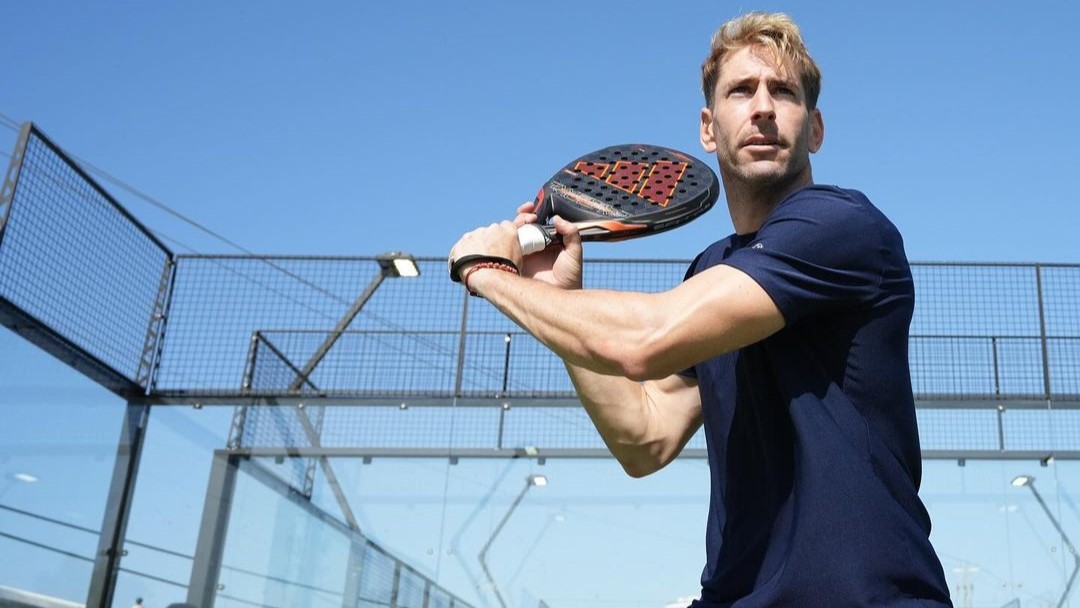 Alex Ruiz: “Finding joy again with Momo”
Alex Ruiz: “Finding joy again with Momo”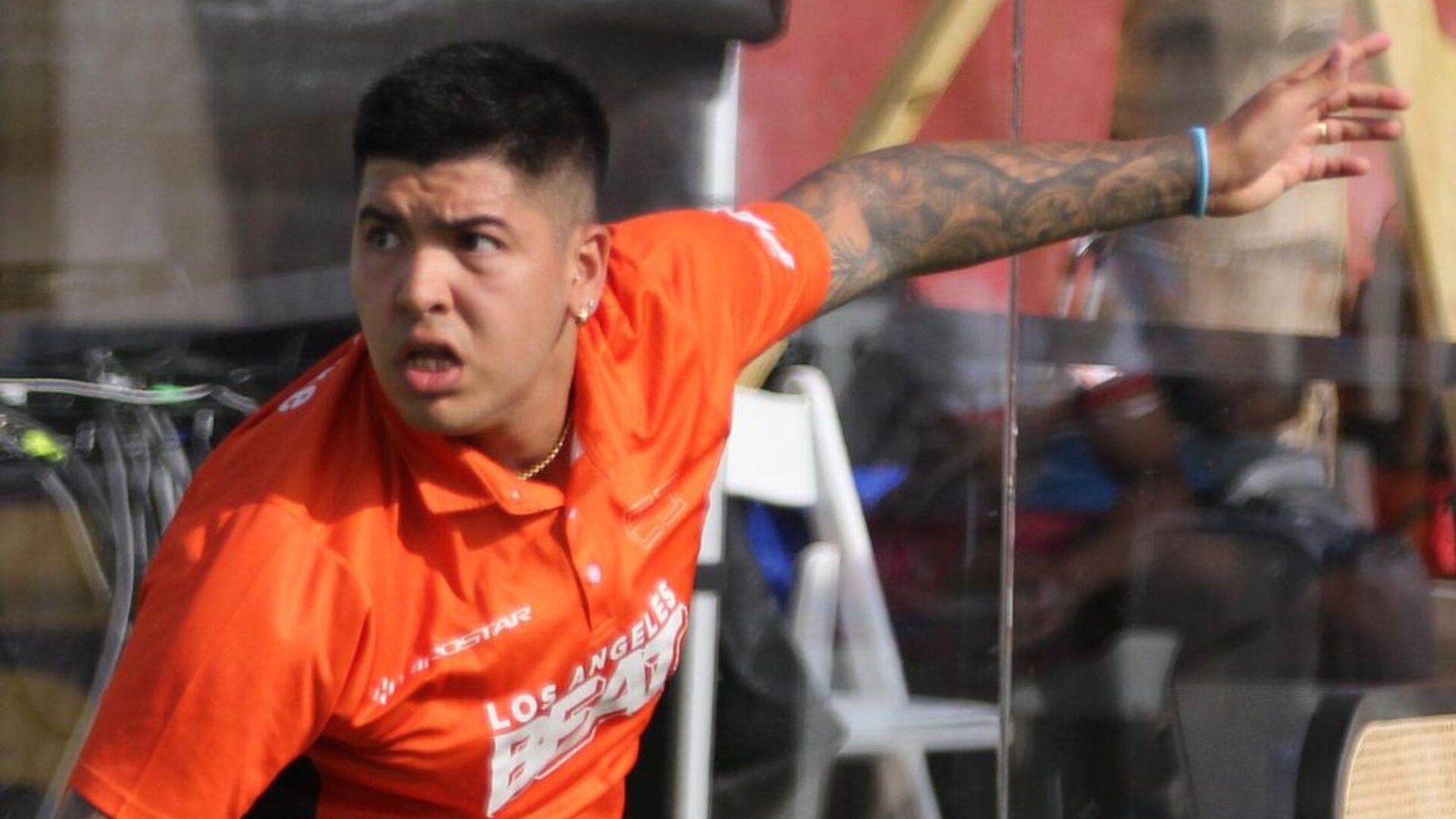 Nerone: “Tolito is not a normal player”
Nerone: “Tolito is not a normal player” Marie Maligo: “This period of frequent changes of partners was beneficial for me”
Marie Maligo: “This period of frequent changes of partners was beneficial for me”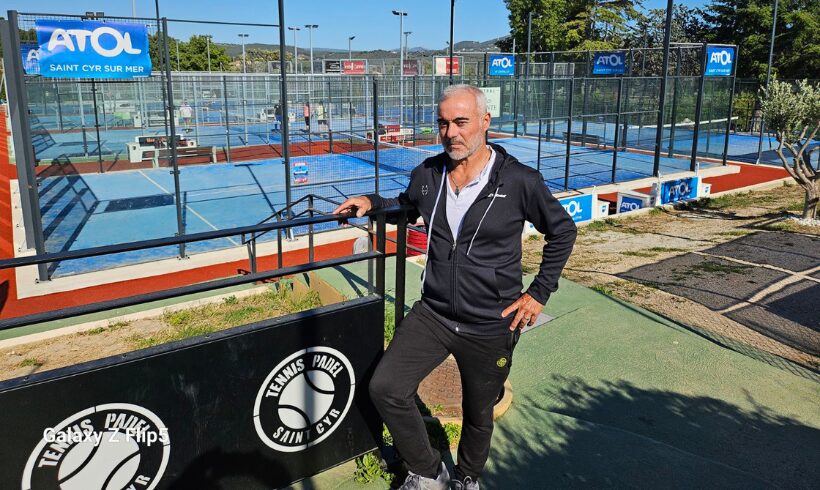 Alain Idier: “Adding tracks of padel, without sacrificing tennis”
Alain Idier: “Adding tracks of padel, without sacrificing tennis”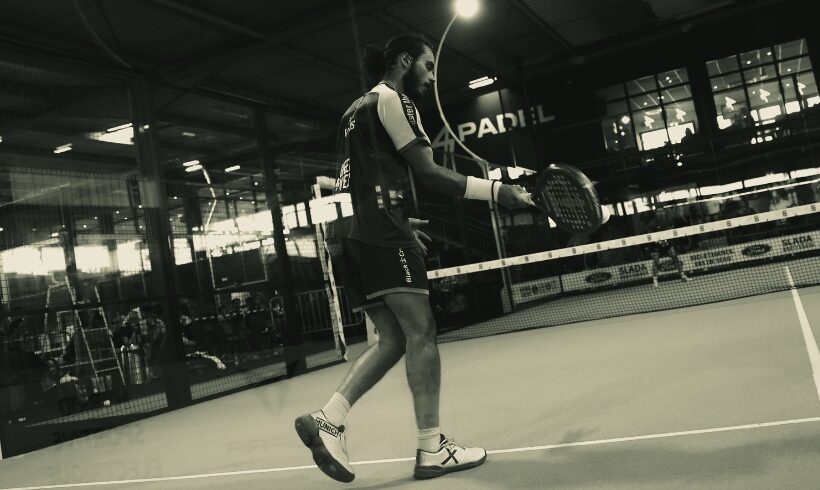 Manuel Vives: “It’s extremely difficult to get by financially”
Manuel Vives: “It’s extremely difficult to get by financially”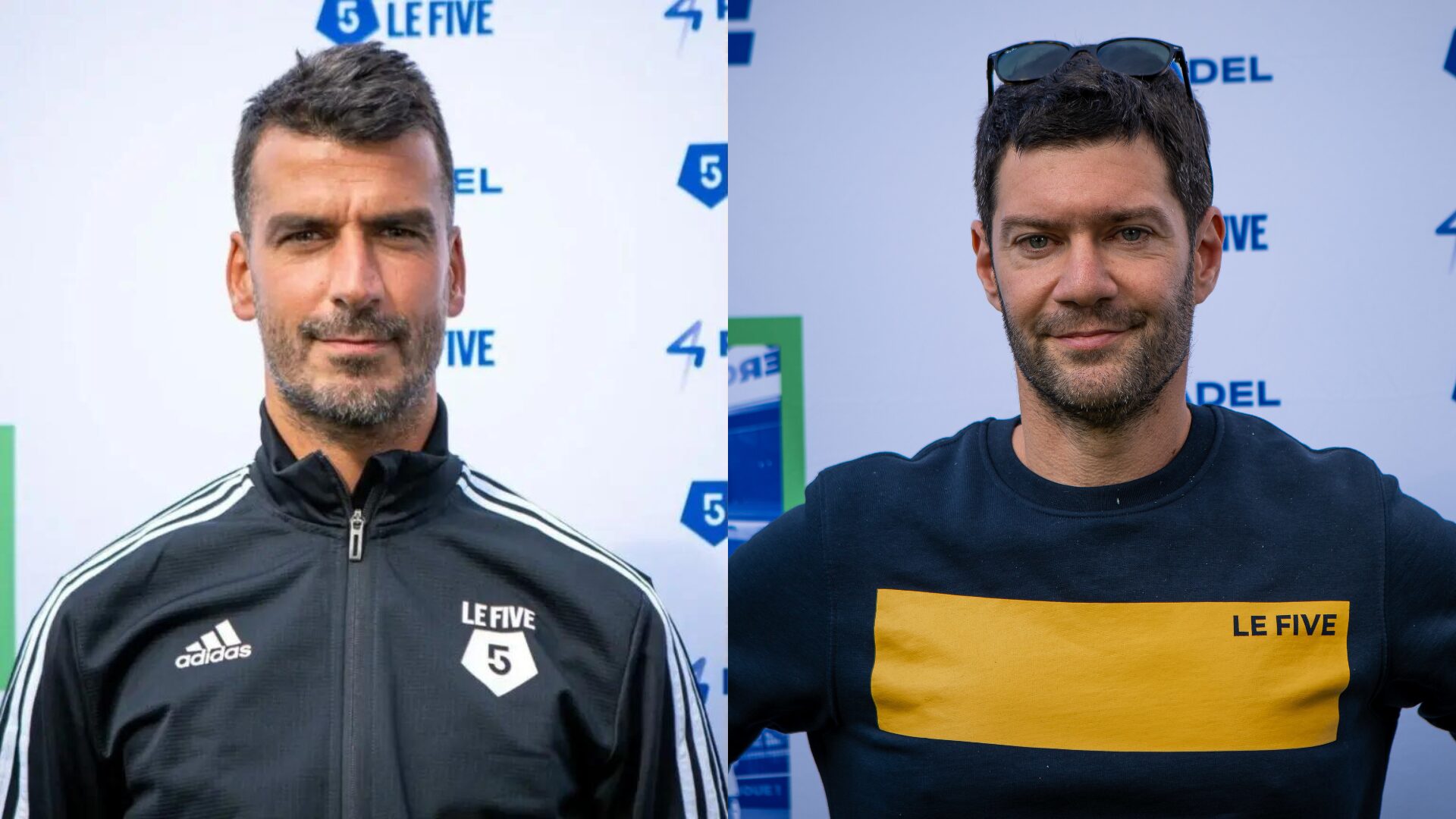 And 4 for Frédérick and Mehdy with network 4PADEL !
And 4 for Frédérick and Mehdy with network 4PADEL !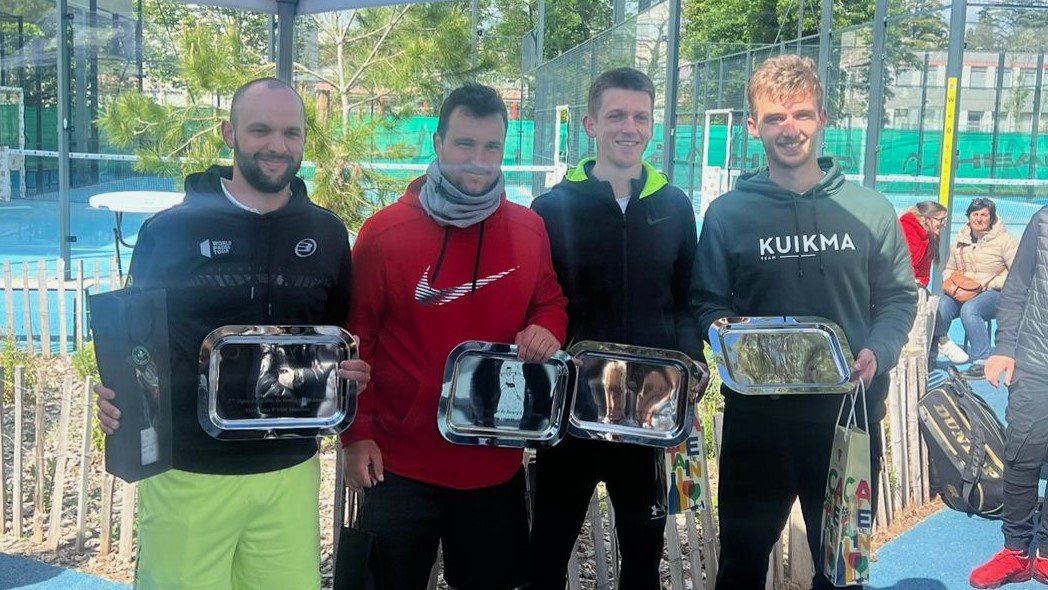 P1000 Bourg-Lès-Valence – Justin Lopes and François Authier establish themselves as bosses
P1000 Bourg-Lès-Valence – Justin Lopes and François Authier establish themselves as bosses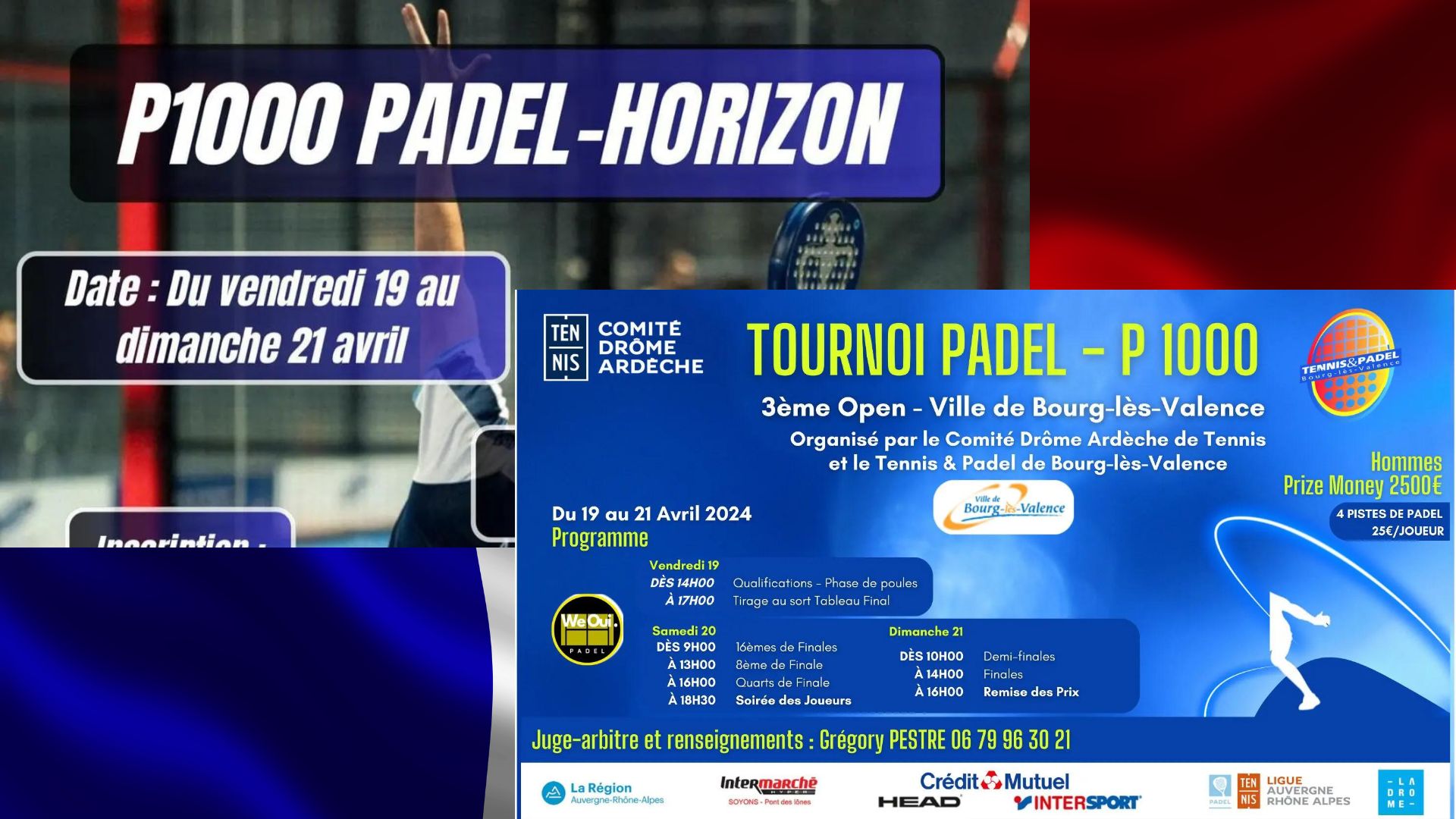 Live P1000 – The three finals live
Live P1000 – The three finals live P2 Brussels – Like a new school year!
P2 Brussels – Like a new school year!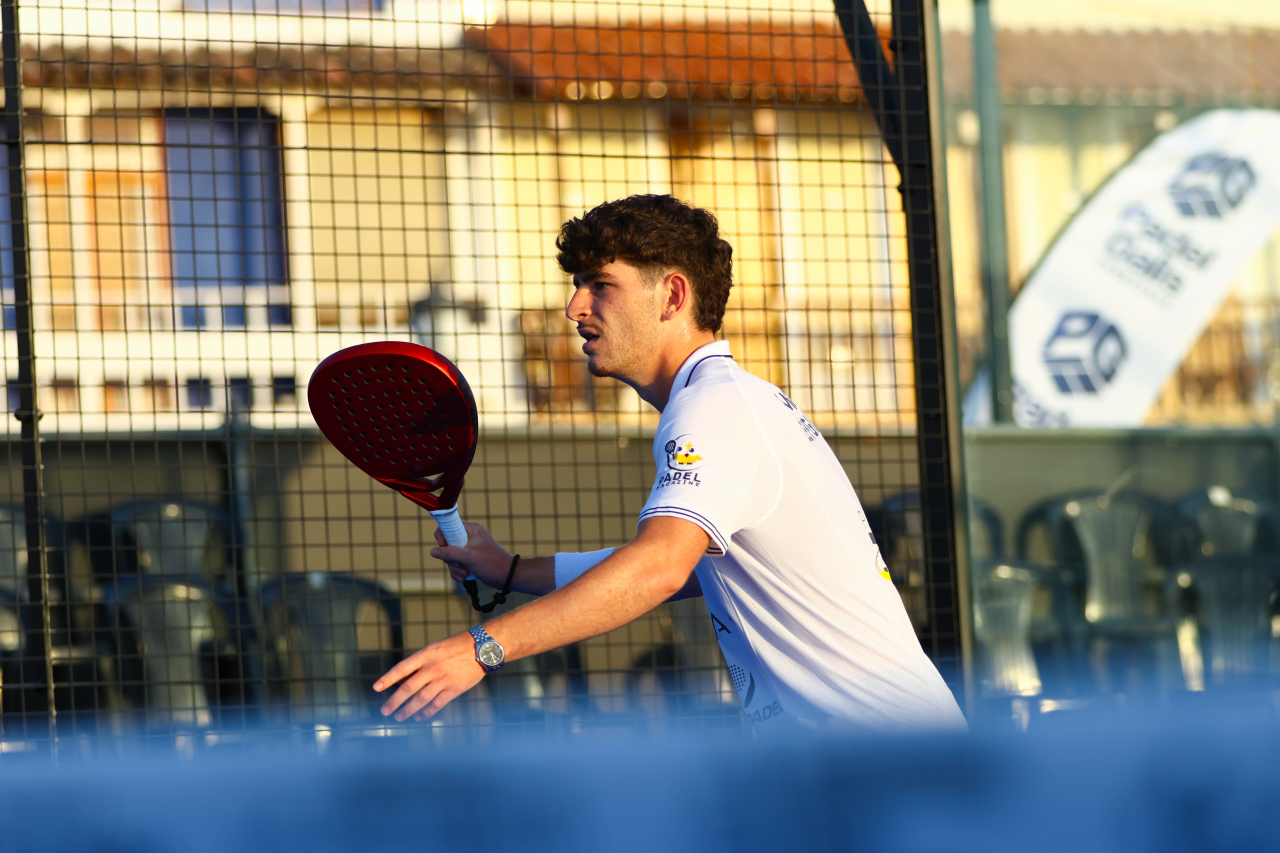 Premier Padel Brussels P2 – Thomas Leygue and Fran Ramirez Navas stopped in the first round
Premier Padel Brussels P2 – Thomas Leygue and Fran Ramirez Navas stopped in the first round Play at padel on his yacht? Possible for €233.000!
Play at padel on his yacht? Possible for €233.000!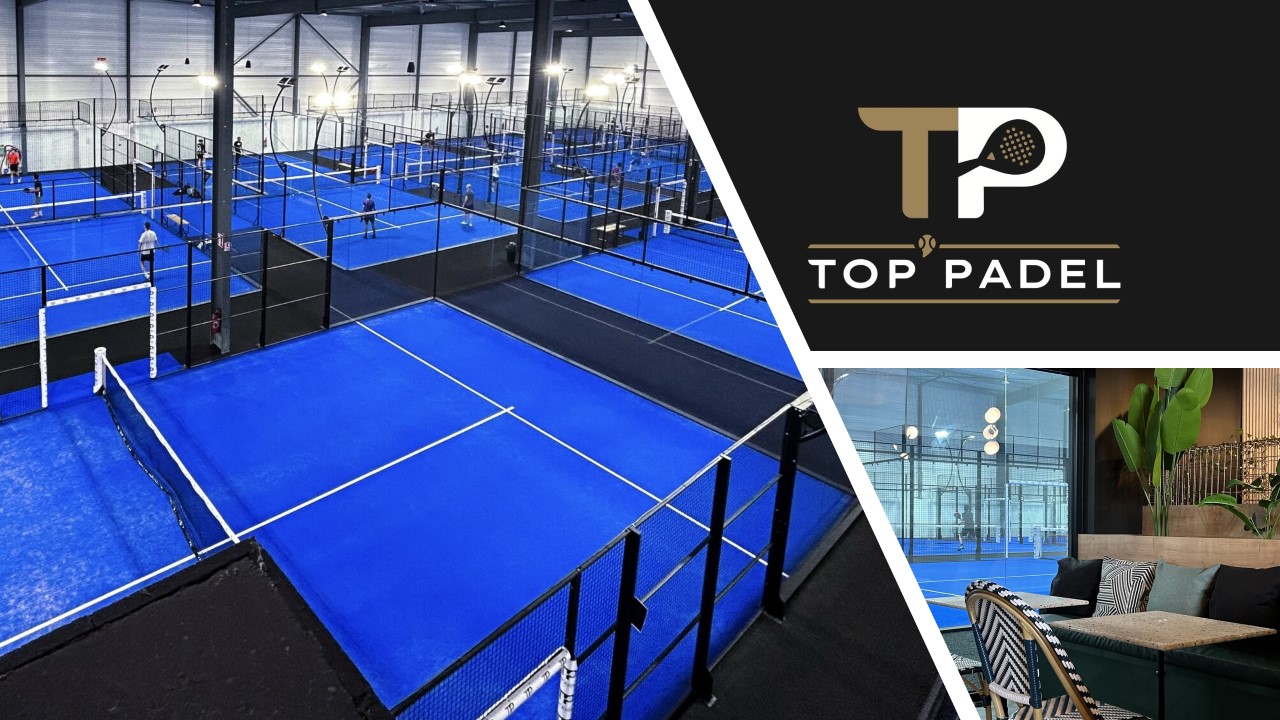 TOP Padel : “A premium club with 10 slopes in Toulouse”
TOP Padel : “A premium club with 10 slopes in Toulouse”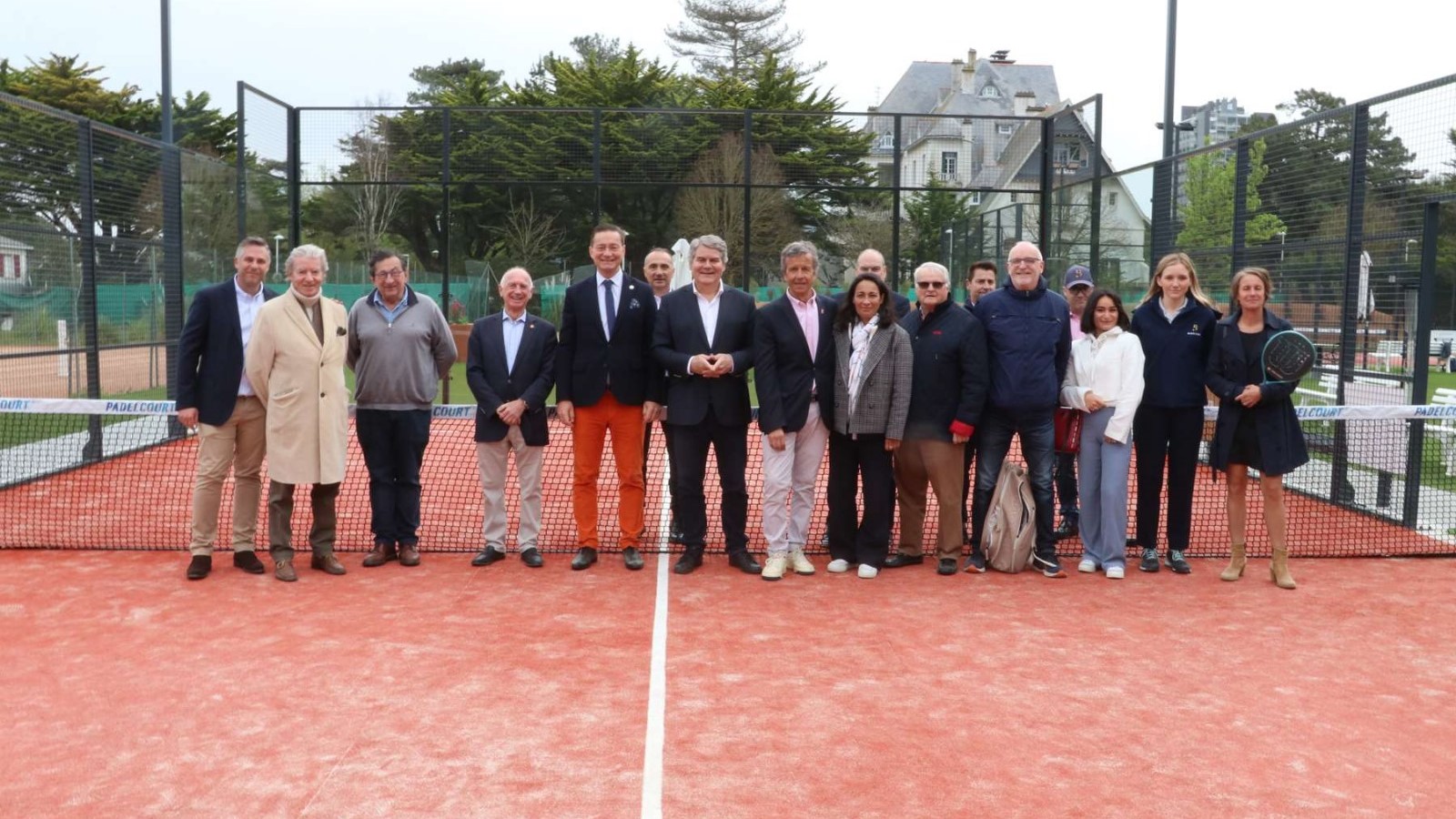 The padel of the Barrière Country Club are born in La Baule
The padel of the Barrière Country Club are born in La Baule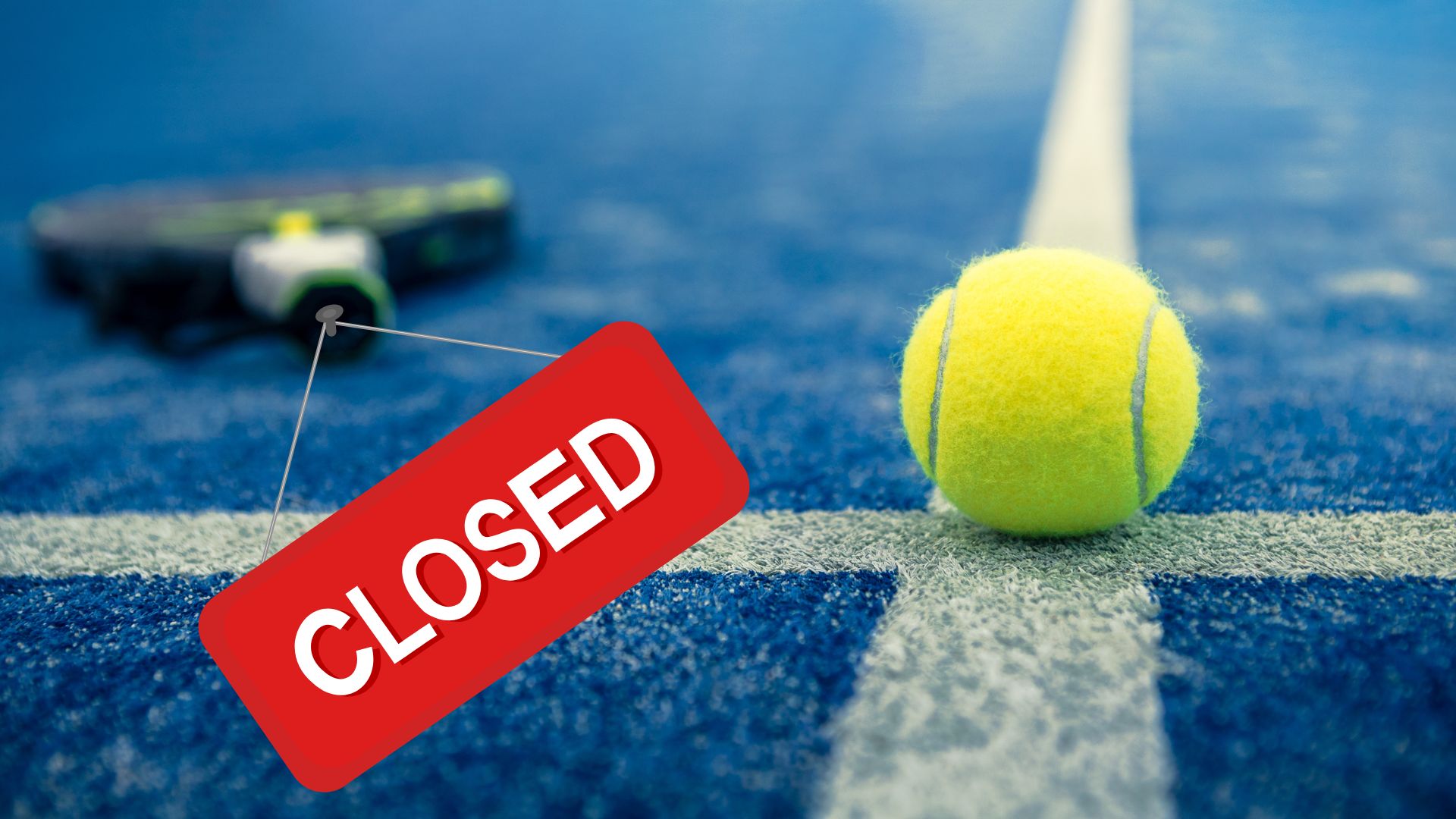 Why clubs padel do they close?
Why clubs padel do they close? The basic tactics of padel
The basic tactics of padel A par 4 is always a winner...even if you manage to defend it!
A par 4 is always a winner...even if you manage to defend it! Carbon fiber VS fiberglass: what to choose?
Carbon fiber VS fiberglass: what to choose? How to effectively test a racket padel ?
How to effectively test a racket padel ? At the heart of padel – Episode 23: defend the window well
At the heart of padel – Episode 23: defend the window well Prohibition on playing topless Padel : the reasons
Prohibition on playing topless Padel : the reasons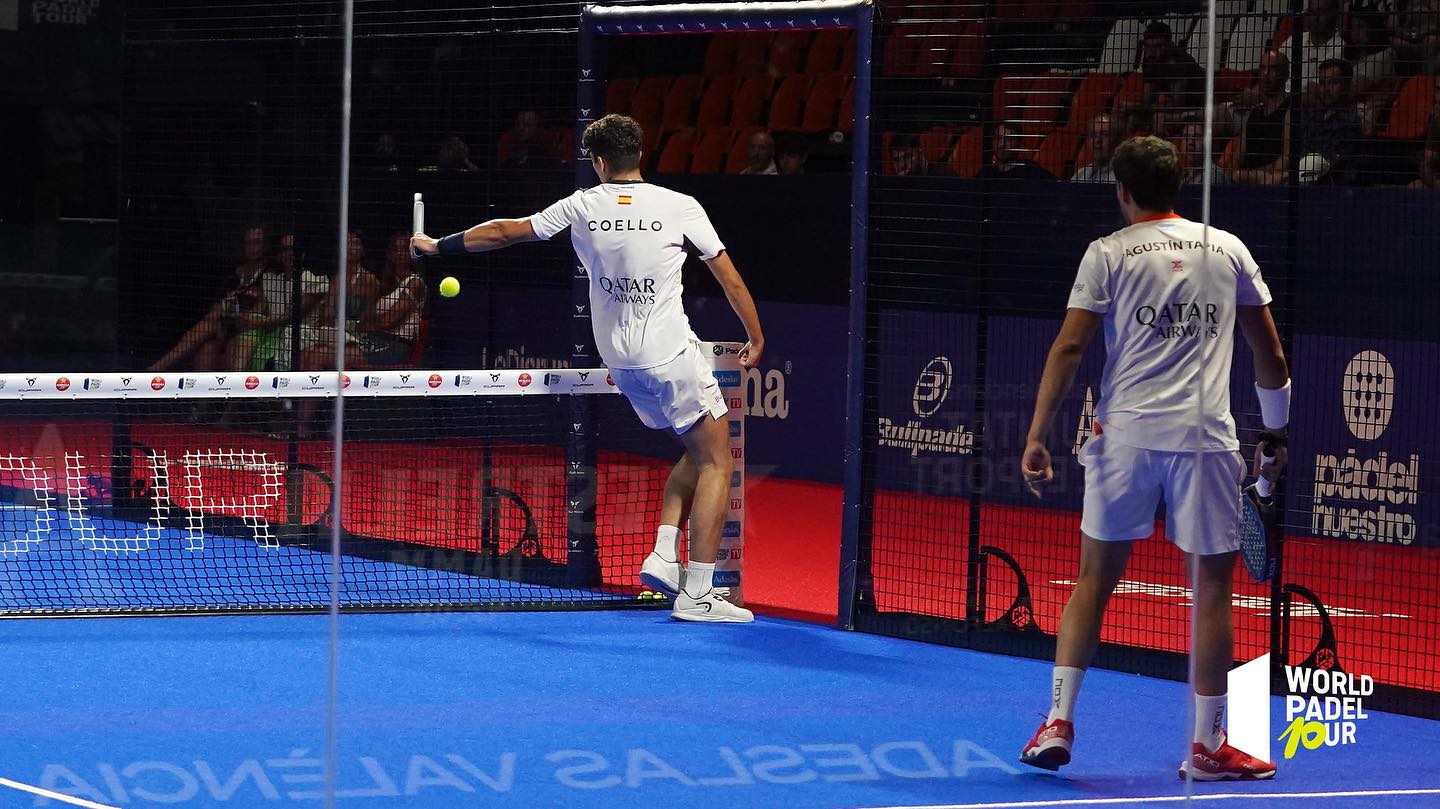 What is the difference between a dormilona, a dejada and a cushioned puerta?
What is the difference between a dormilona, a dejada and a cushioned puerta? FIP Tour – Going far from Europe, THE strategy to earn points!
FIP Tour – Going far from Europe, THE strategy to earn points! What is a good football player? padel ?
What is a good football player? padel ? “Lefties give me headaches when I play against them!”
“Lefties give me headaches when I play against them!” At the heart of padel – Episode 14: how to earn points in winter?
At the heart of padel – Episode 14: how to earn points in winter? La padel to fight Parkinson's disease
La padel to fight Parkinson's disease Don't play with a cracked or broken racket, your body will thank you!
Don't play with a cracked or broken racket, your body will thank you! Michel Cymes: “The padel, physically, it’s serious!”
Michel Cymes: “The padel, physically, it’s serious!” Jeremy Gala: “Promote the padel among young people in Belgium remains a challenge”
Jeremy Gala: “Promote the padel among young people in Belgium remains a challenge” The French Touch Academy organizes its selection day Padel-Study
The French Touch Academy organizes its selection day Padel-Study Report on the detection and training of younger generations
Report on the detection and training of younger generations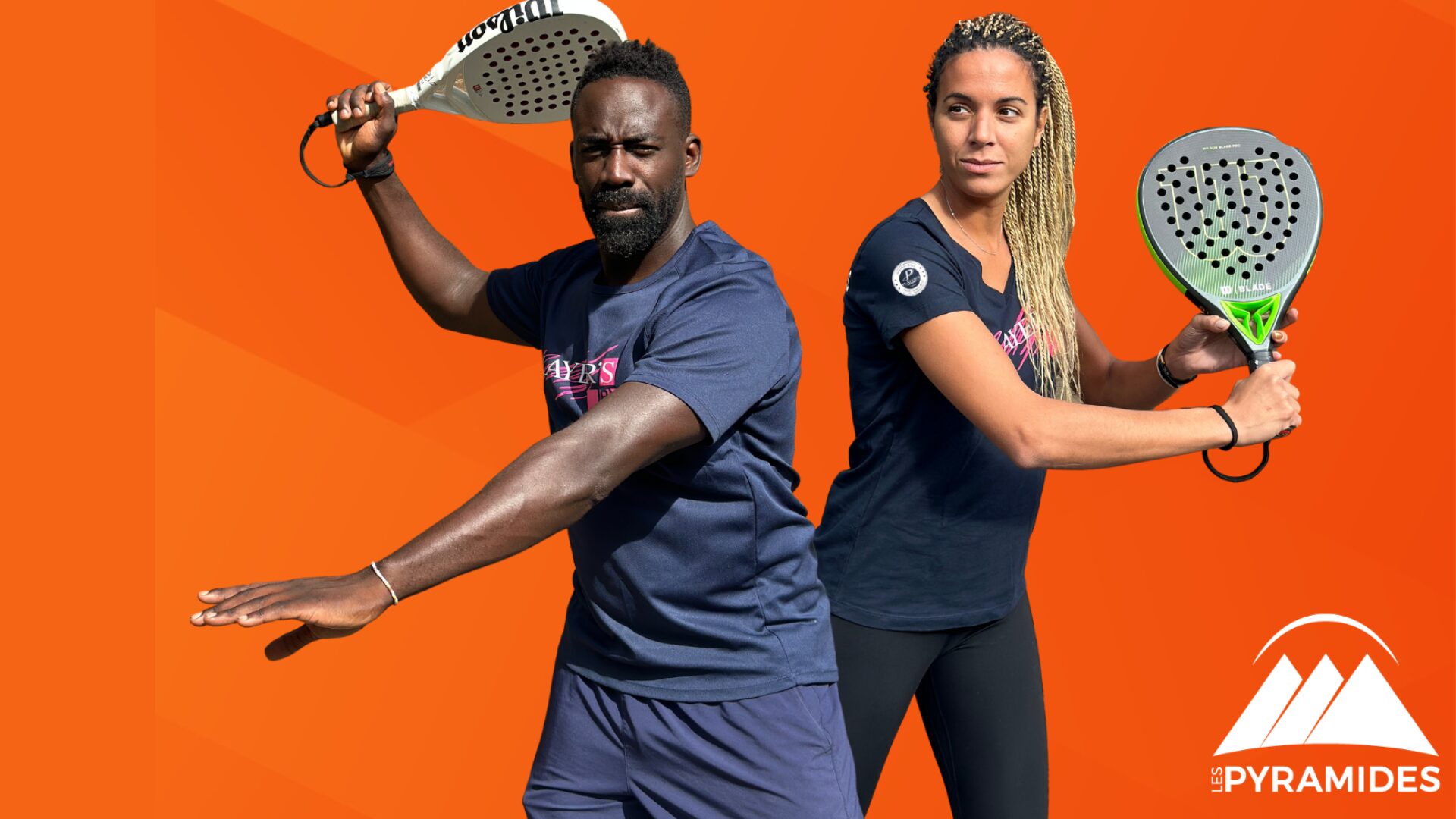 Player's adult courses from April 8 to 21, 2024!
Player's adult courses from April 8 to 21, 2024!